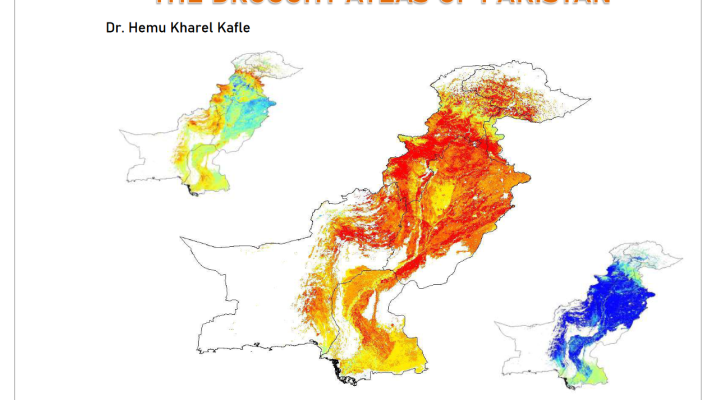Nepal (26°22´ to 30°27´N in latitude and 80°04´ to 88°12´E in longitude) lies in the South Asian region with an area of 147,181 km2. The elevation ranges from approx. 60m above mean sea level in the southern plain (Terai) to the northeast 8848m in the Mount Everest About the geographical division, 86% of the total area is comprised of hilly and mountainous regions and the remaining 14% as terai (flatlands) (Shakya et al., 2007). Nepal has a diverse range of climatic conditions (from subtropical to alpine/arctic, in a period of less than 200 kilometers) due to rapid changes in altitude and aspect along the latitude. Monsoon (June to September), post-monsoon (October to November), winter (December to February), and pre-monsoon (March to May) are the four seasons based on the occurrence of monsoon rains in the temporal distribution of precipitation (NHMRCC, 2015). The forest covers 6.5 million hectares, i.e. 44.47% of Nepal’s total land area. Other land and cropland account for 28.68% and 21.88% of the total area, respectively. Settlement (1.15%), Wetland (1.22%), and Grassland (2.60%) cover the remaining territory (MoFE Nepal, 2019). The land cover type data were derived from MCD12Q1 data (collection v005, 500m) of Terra and Aqua combined MODIS for the years 2000-2020 obtained from Earth Data (Earth data Search (https://earthdata.nasa.gov). According to the International Geosphere-Biosphere Programme (IGBP), the landcover was classified into 17 categories (International Geosphere Biosphere Programme, 2017).
Book / book chapter


